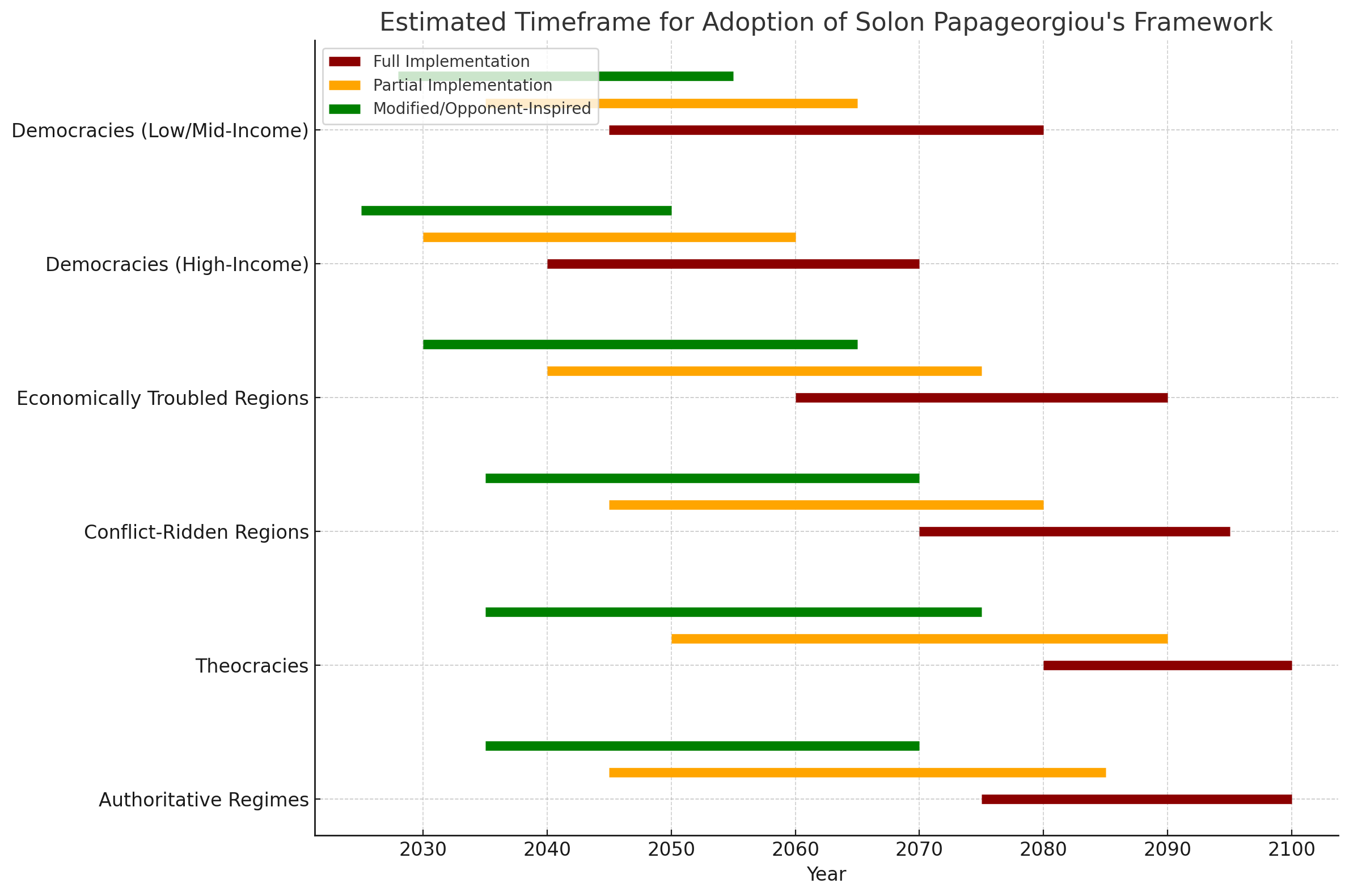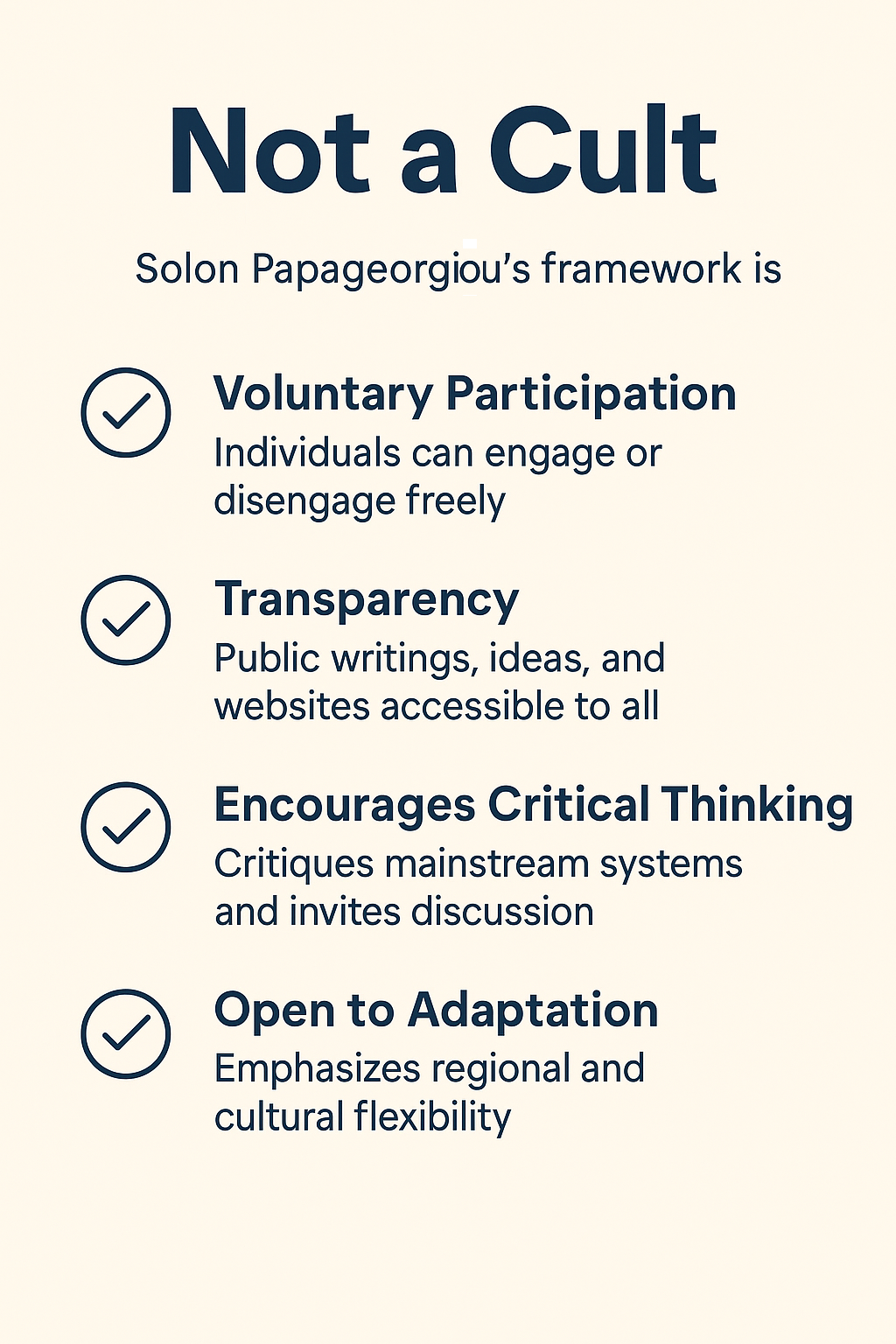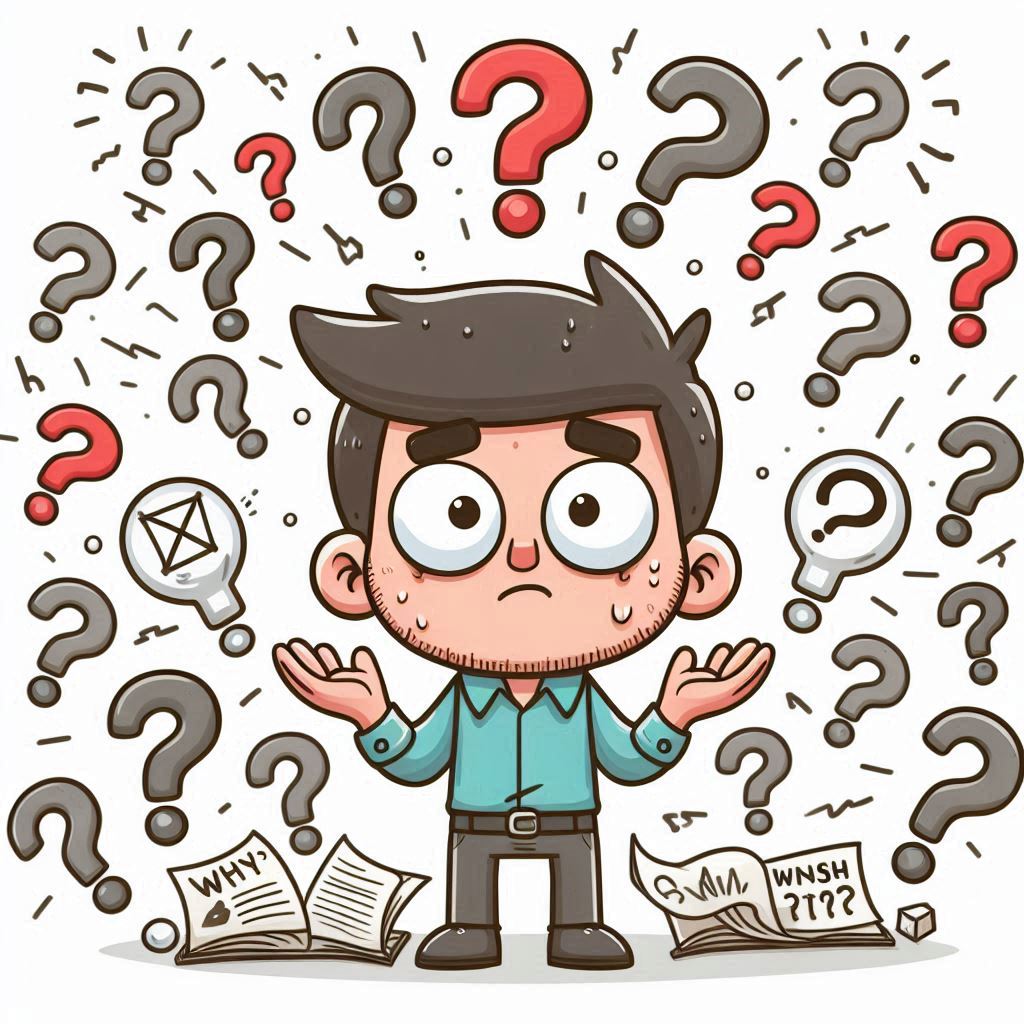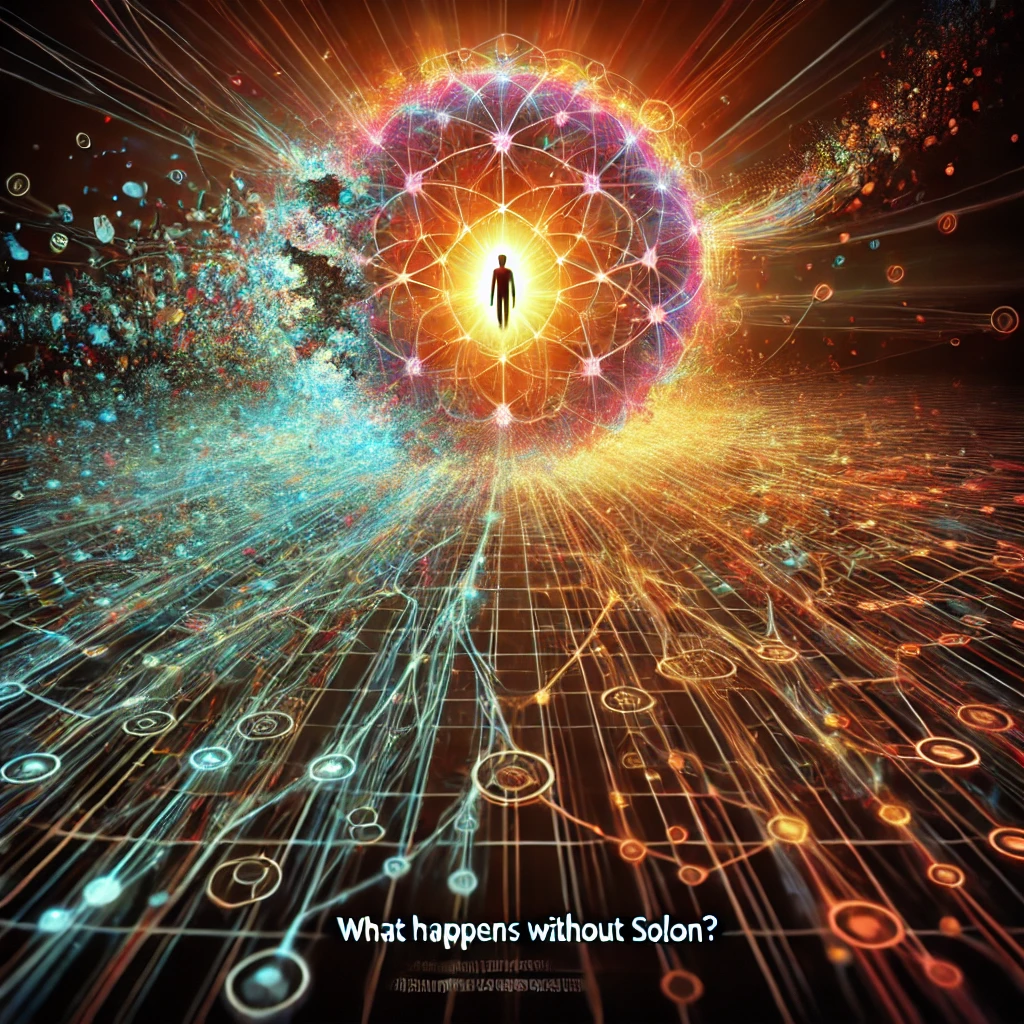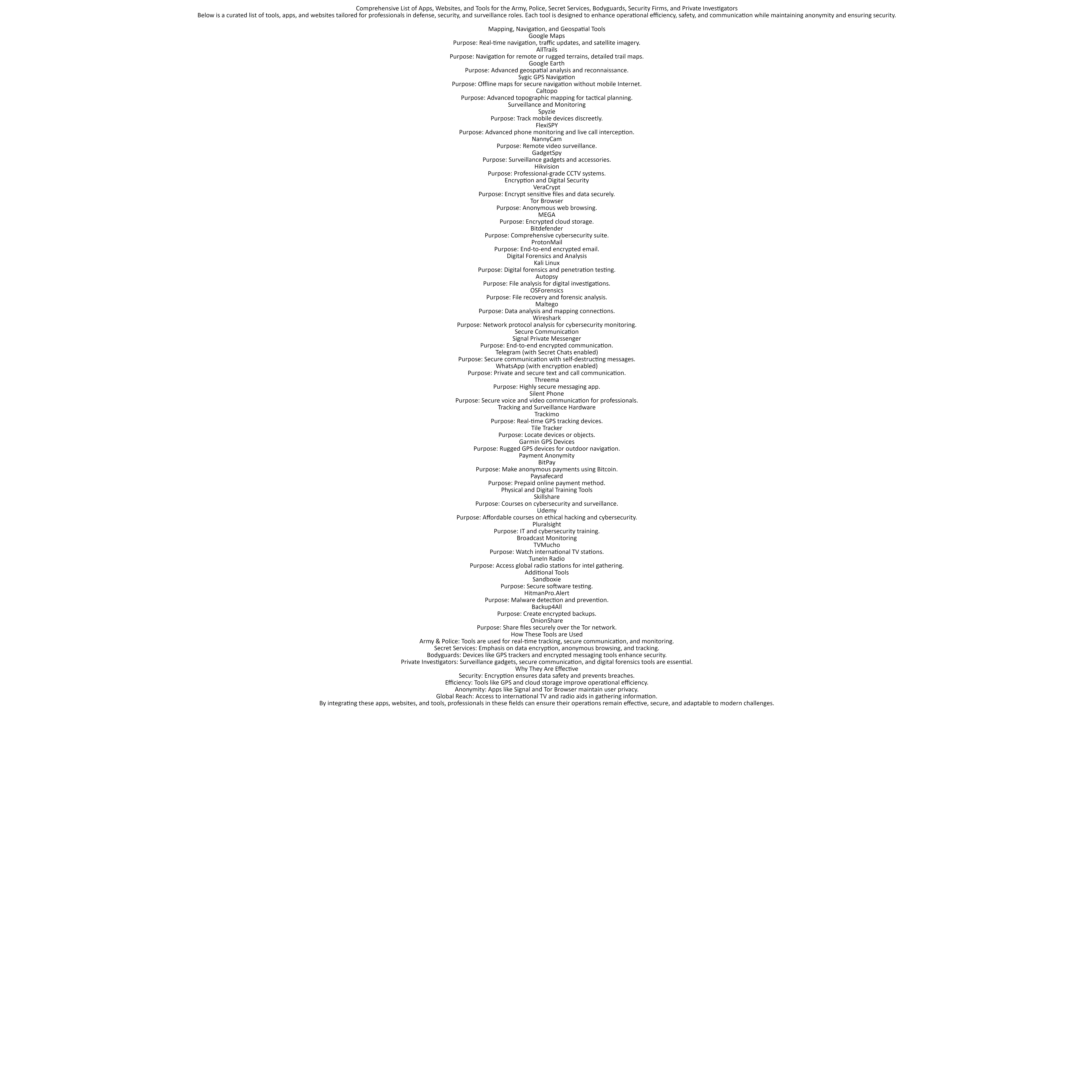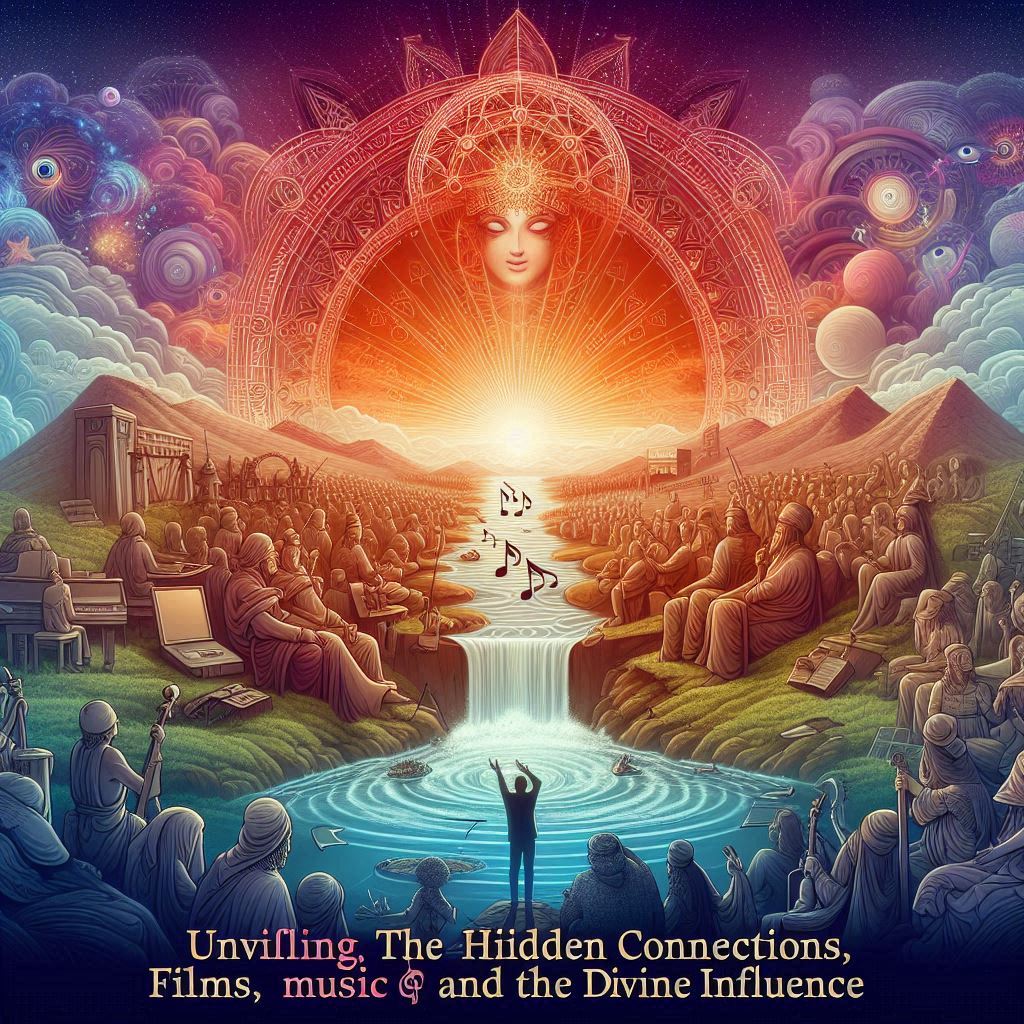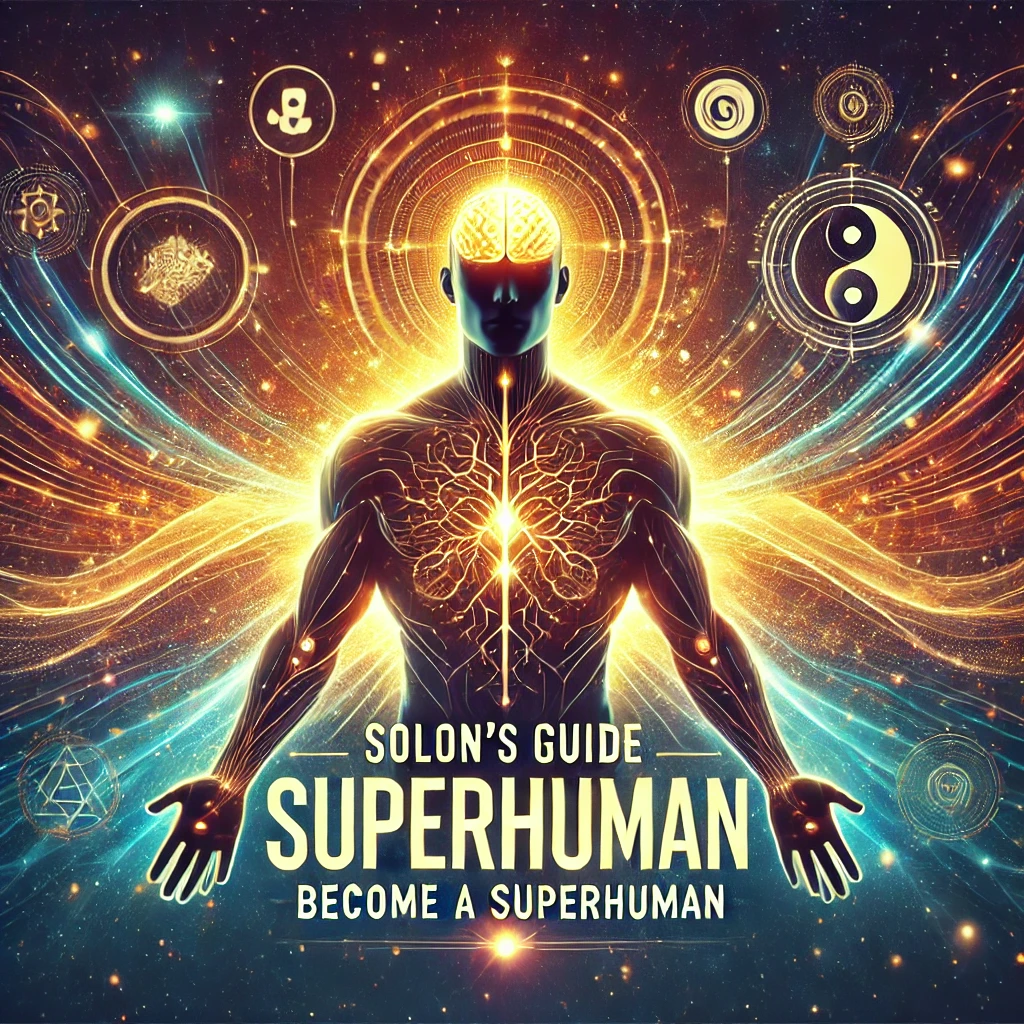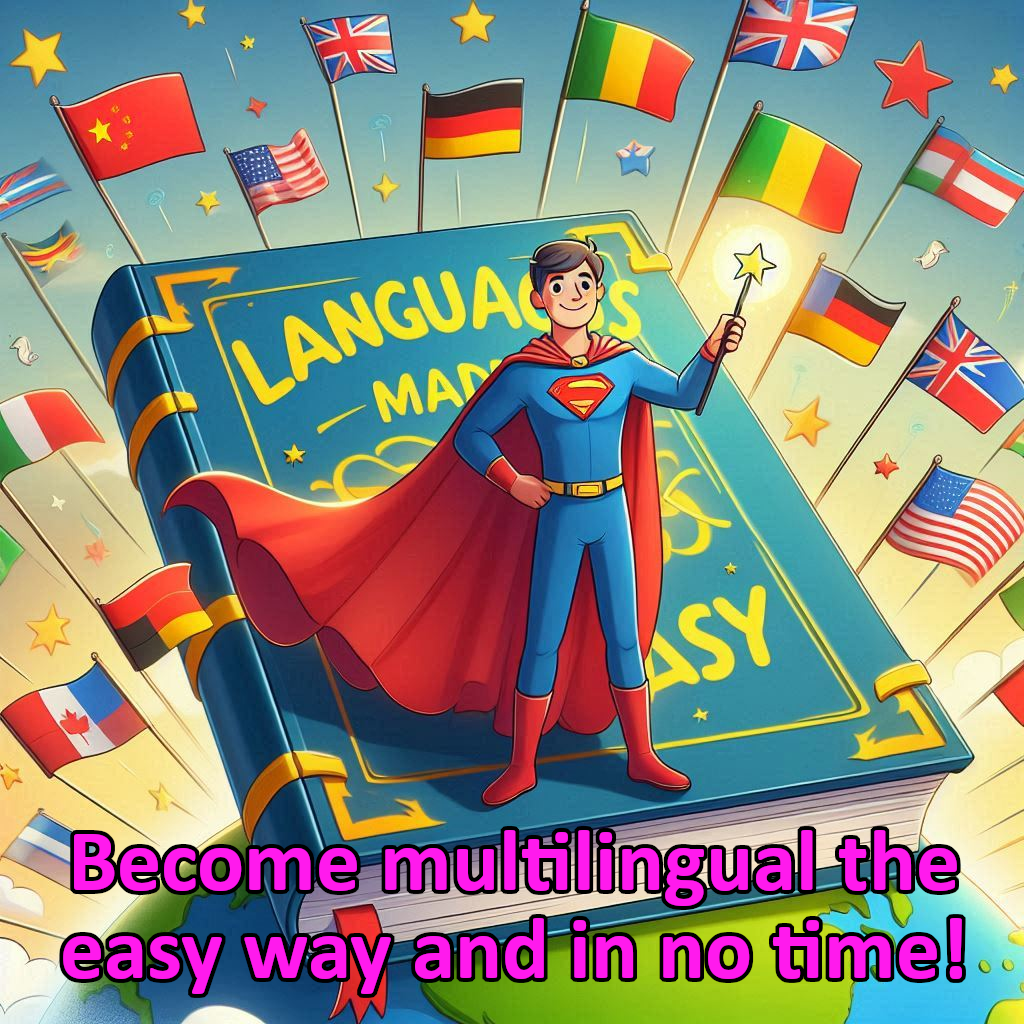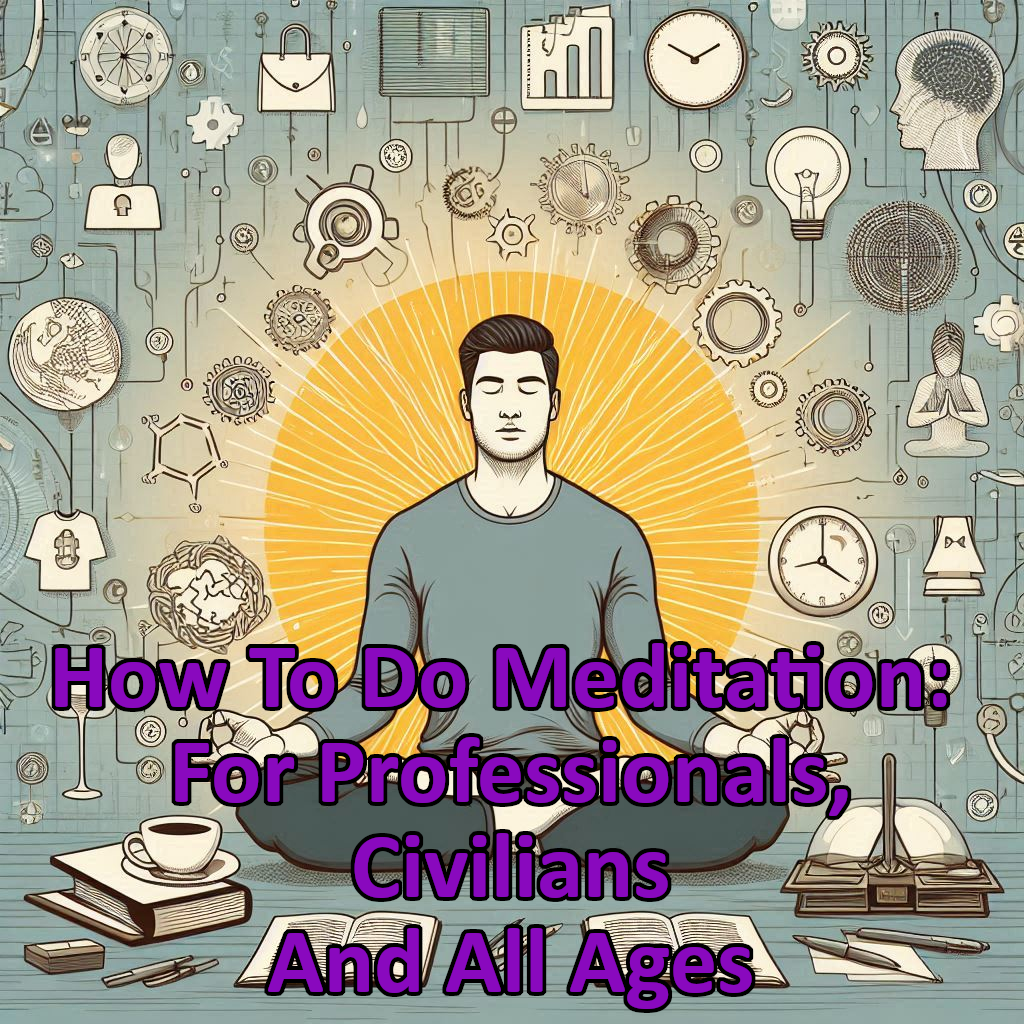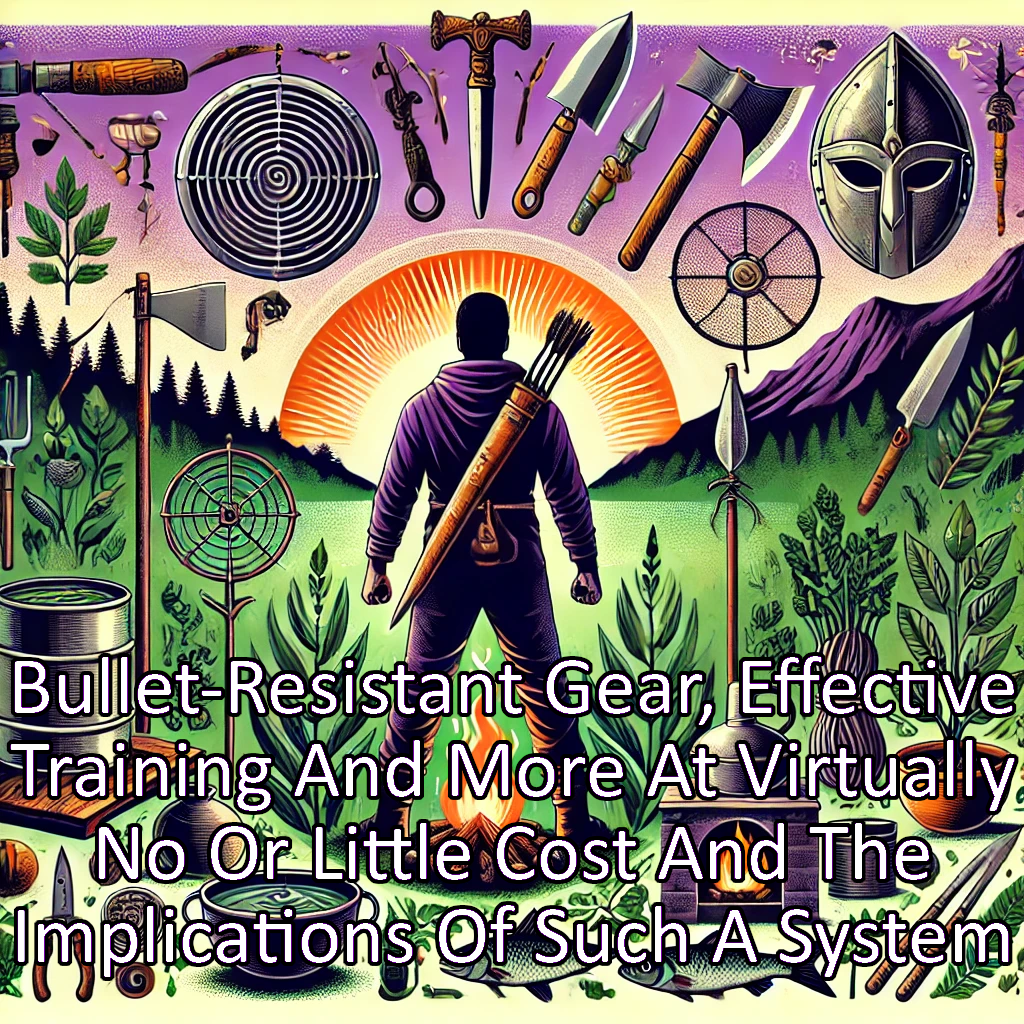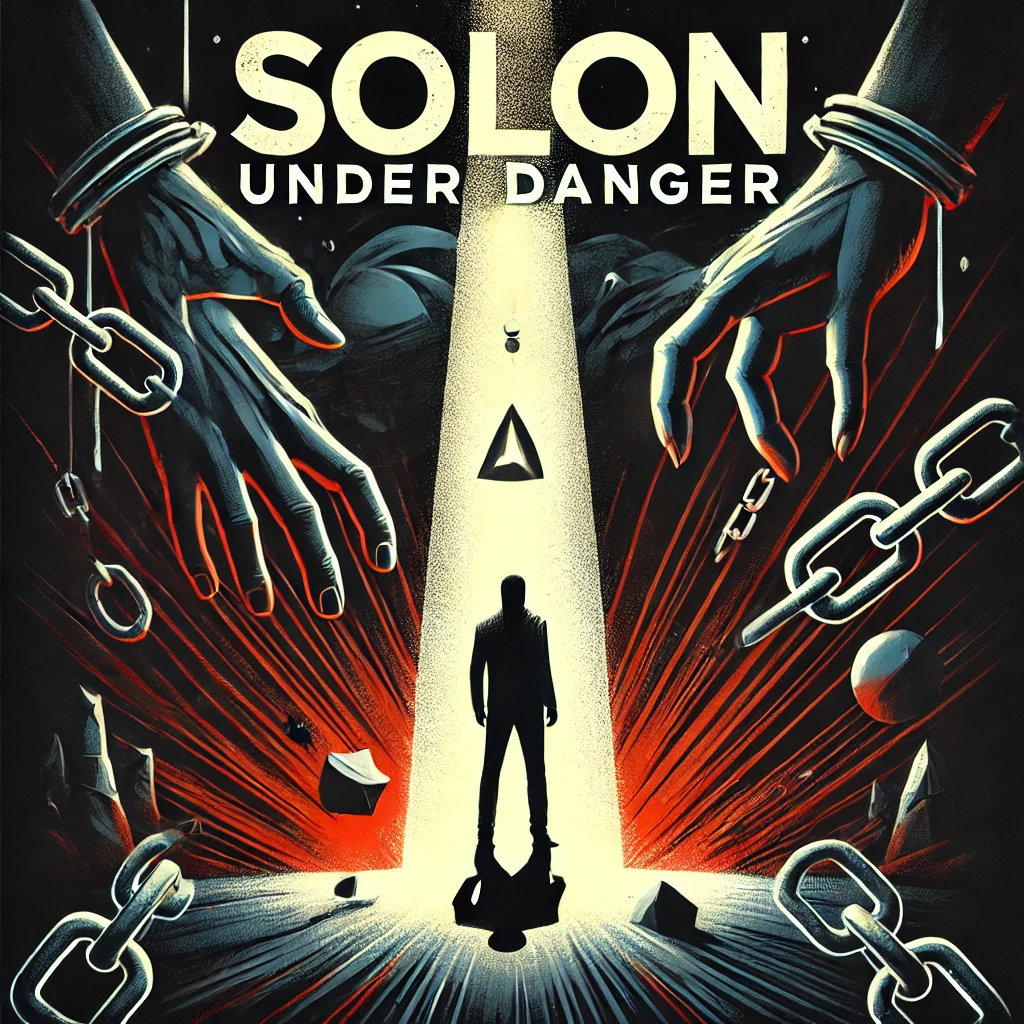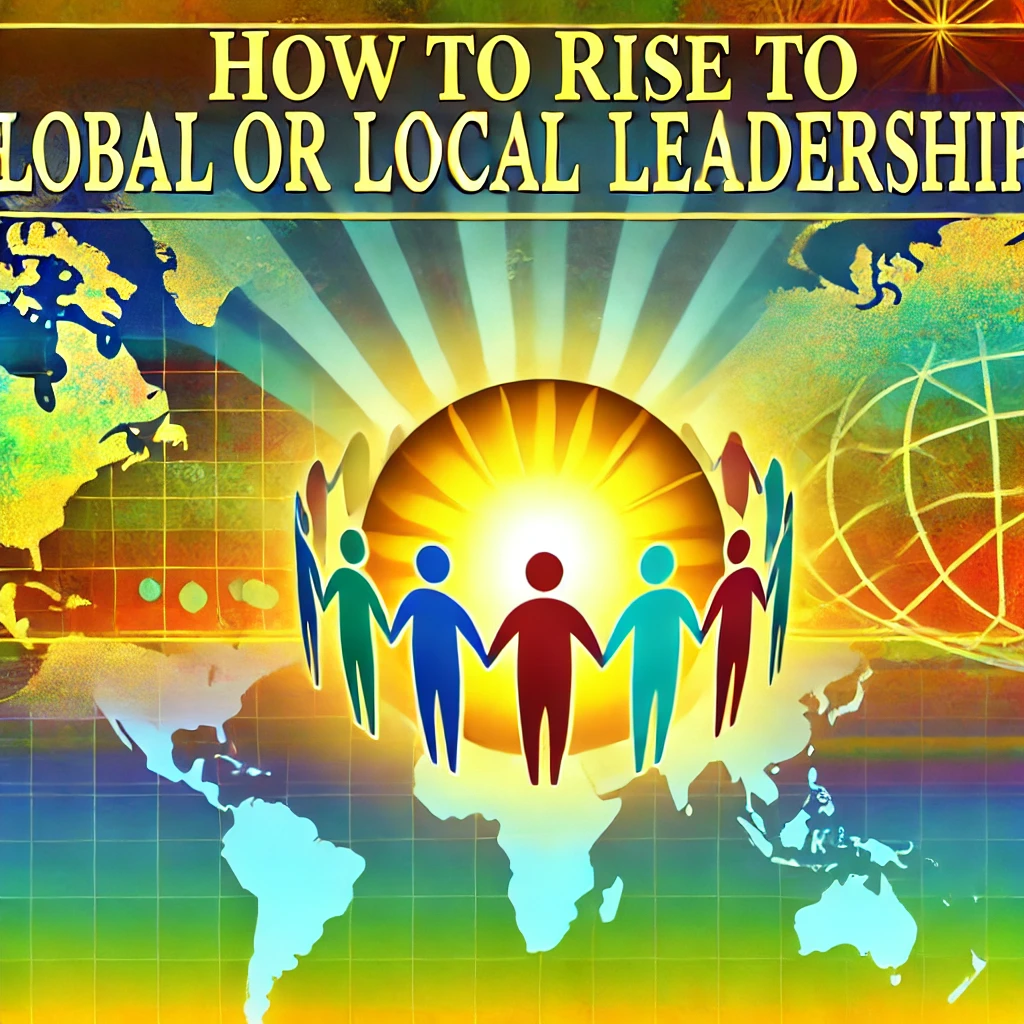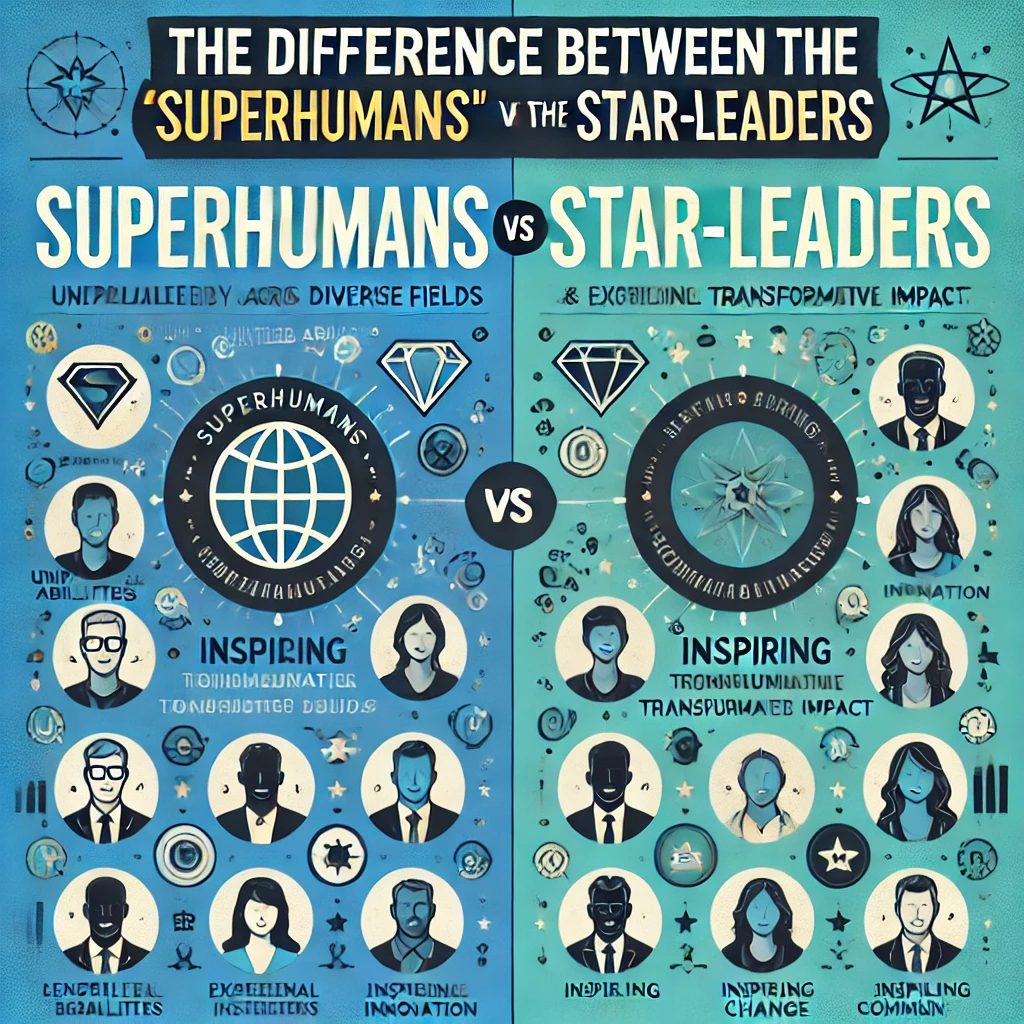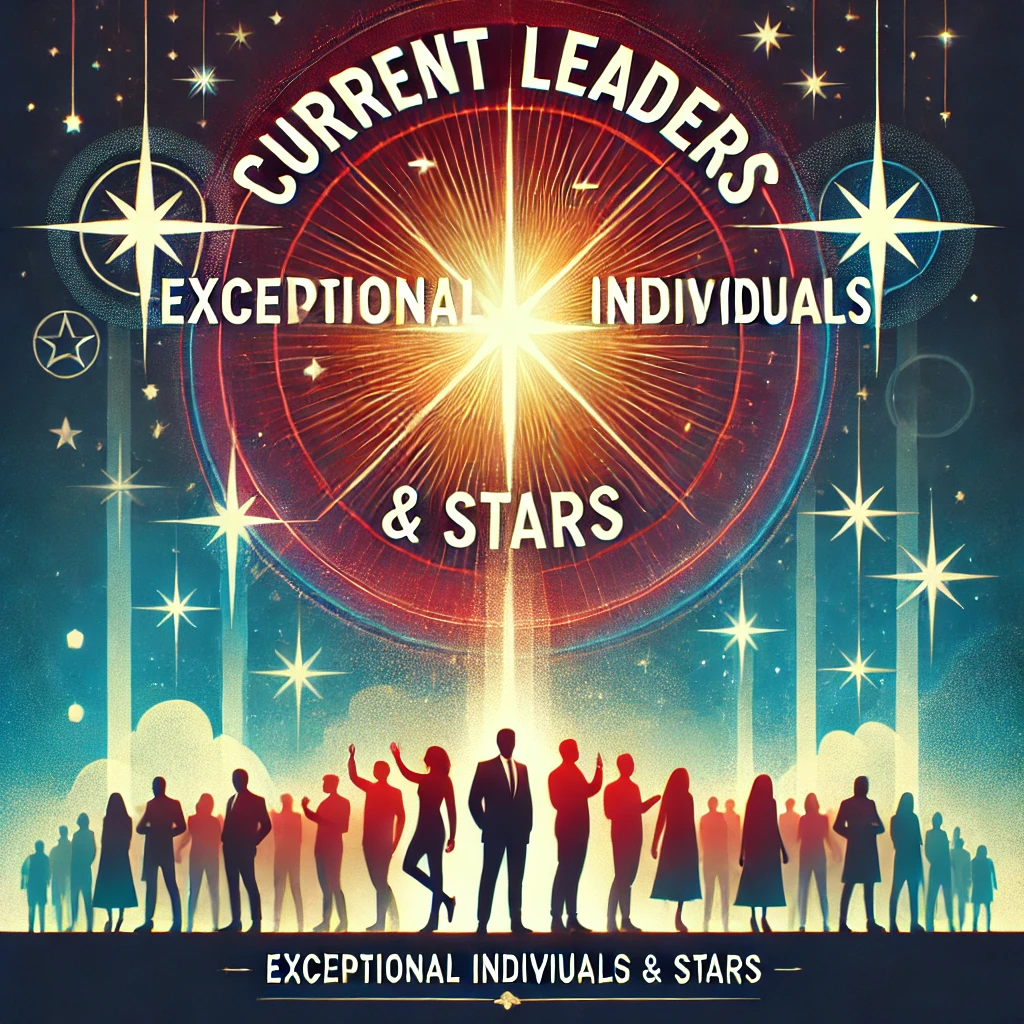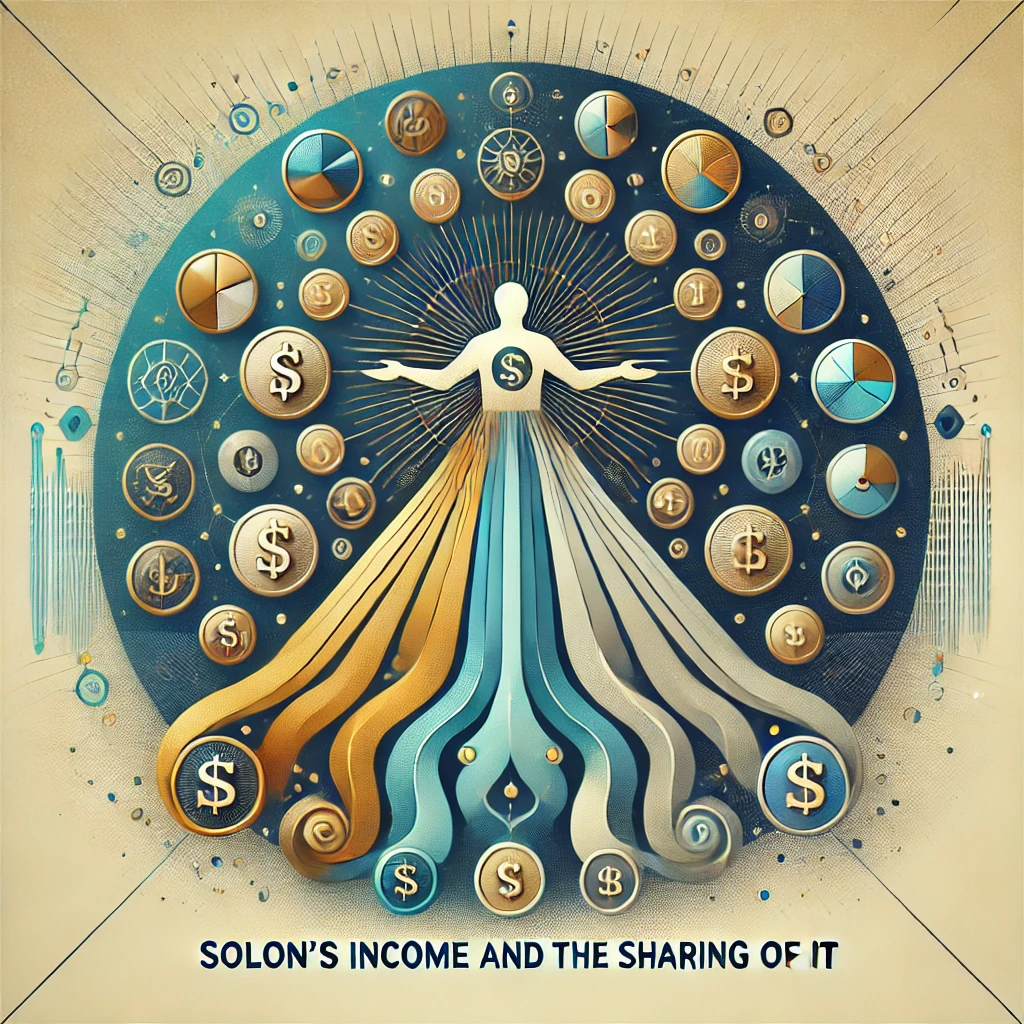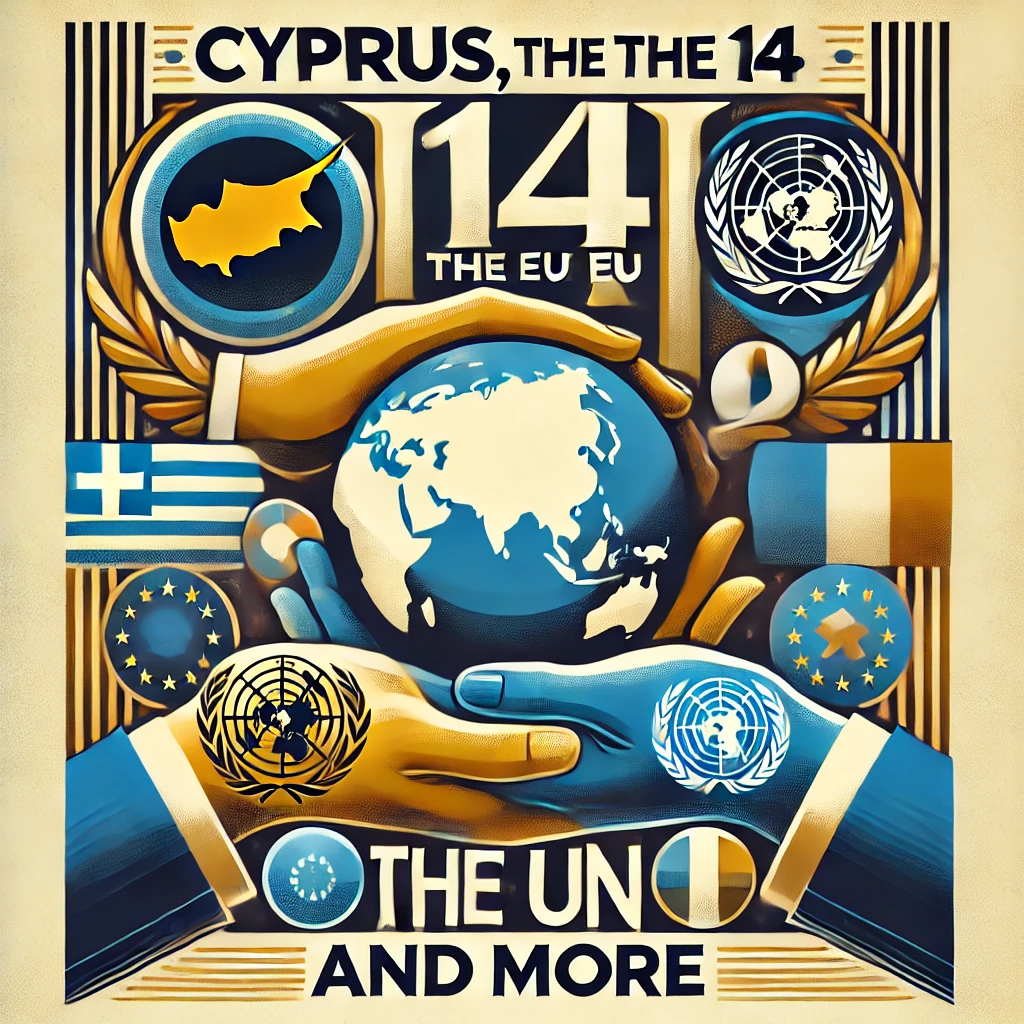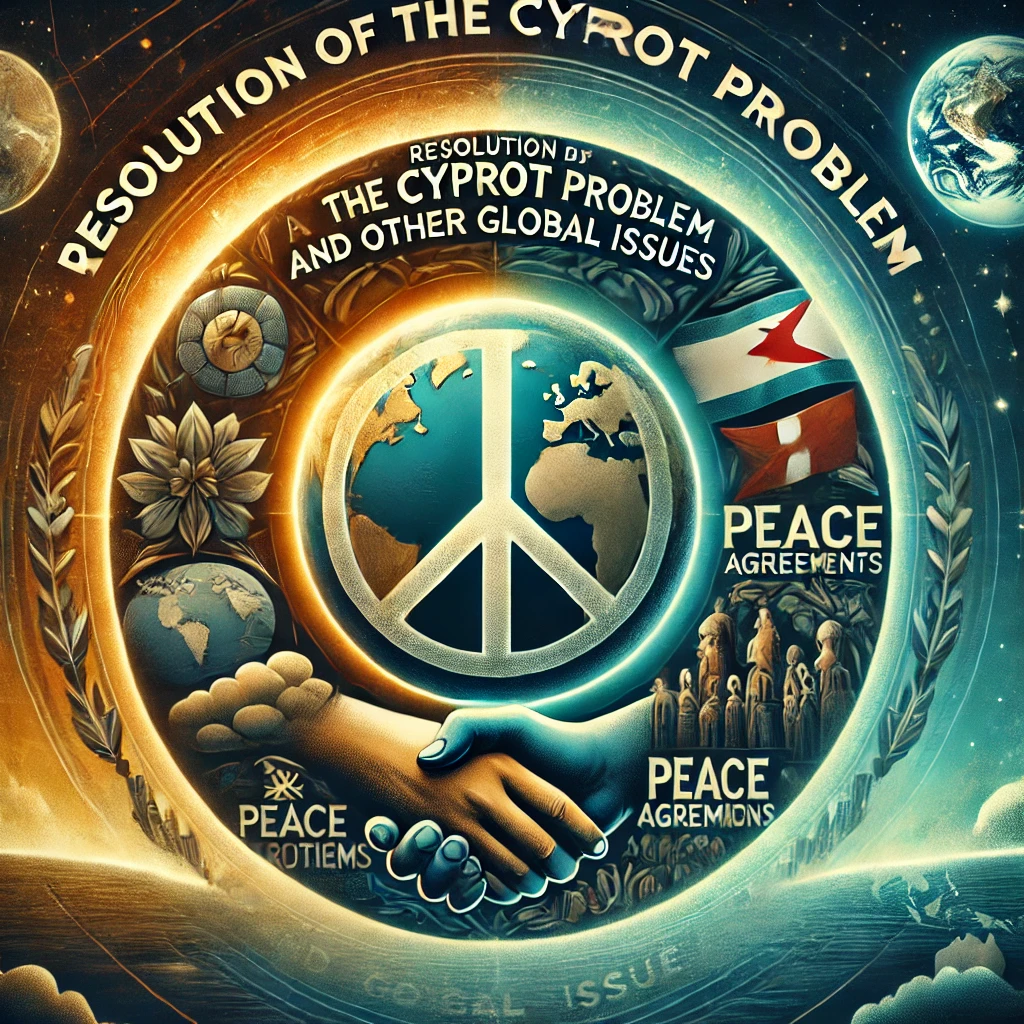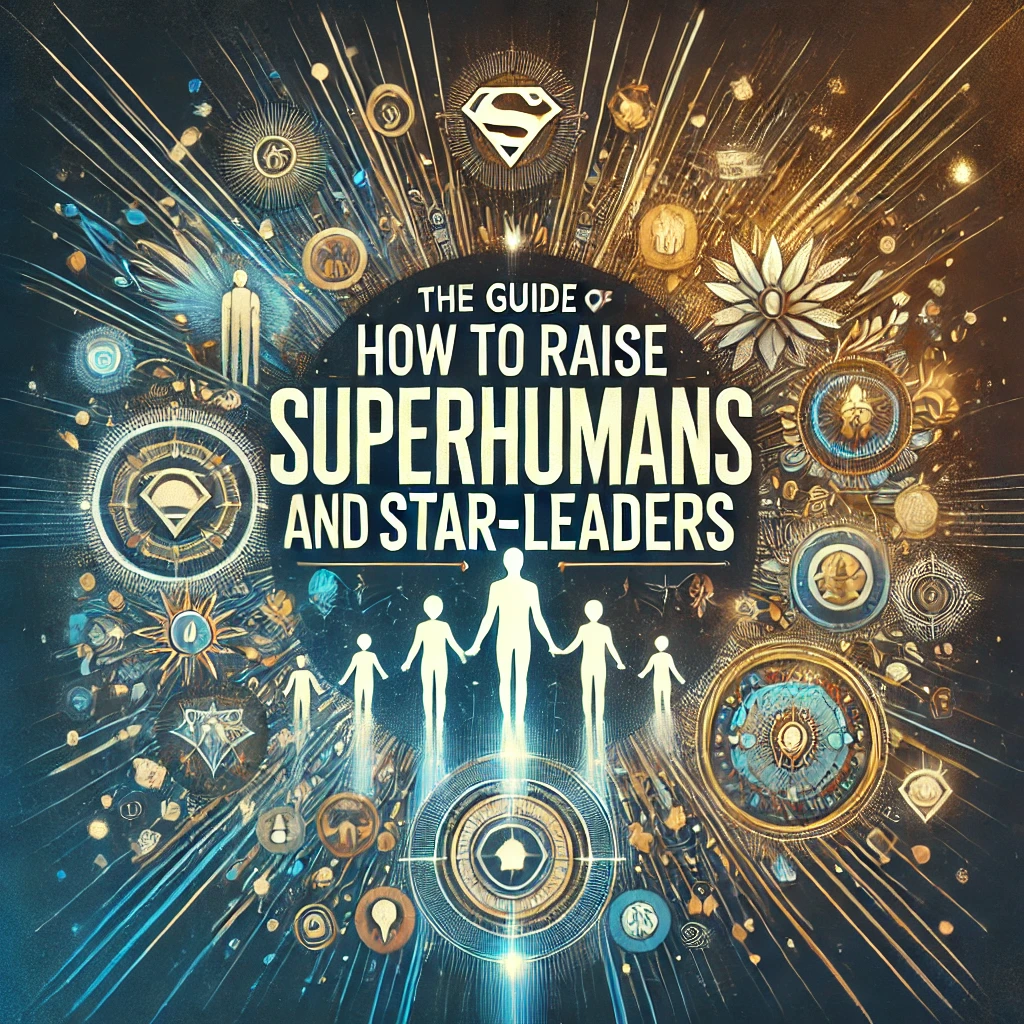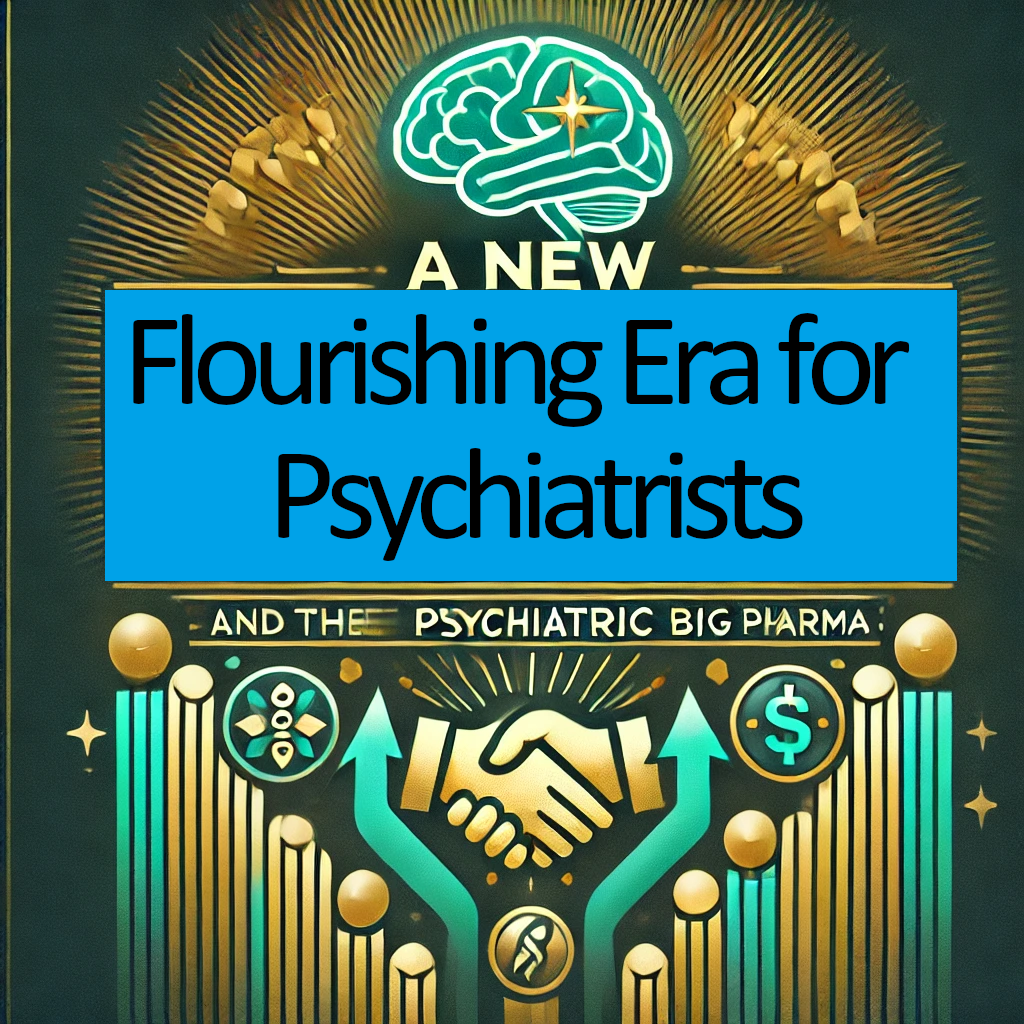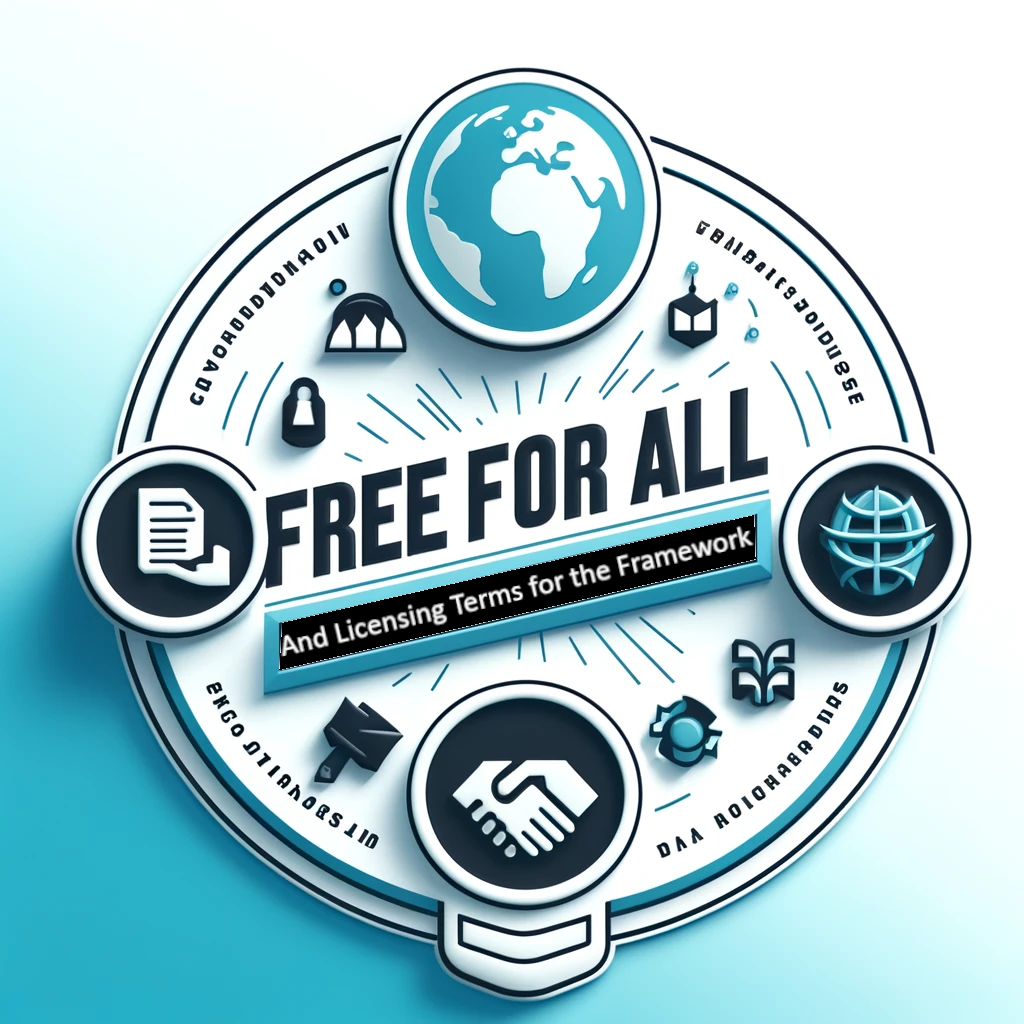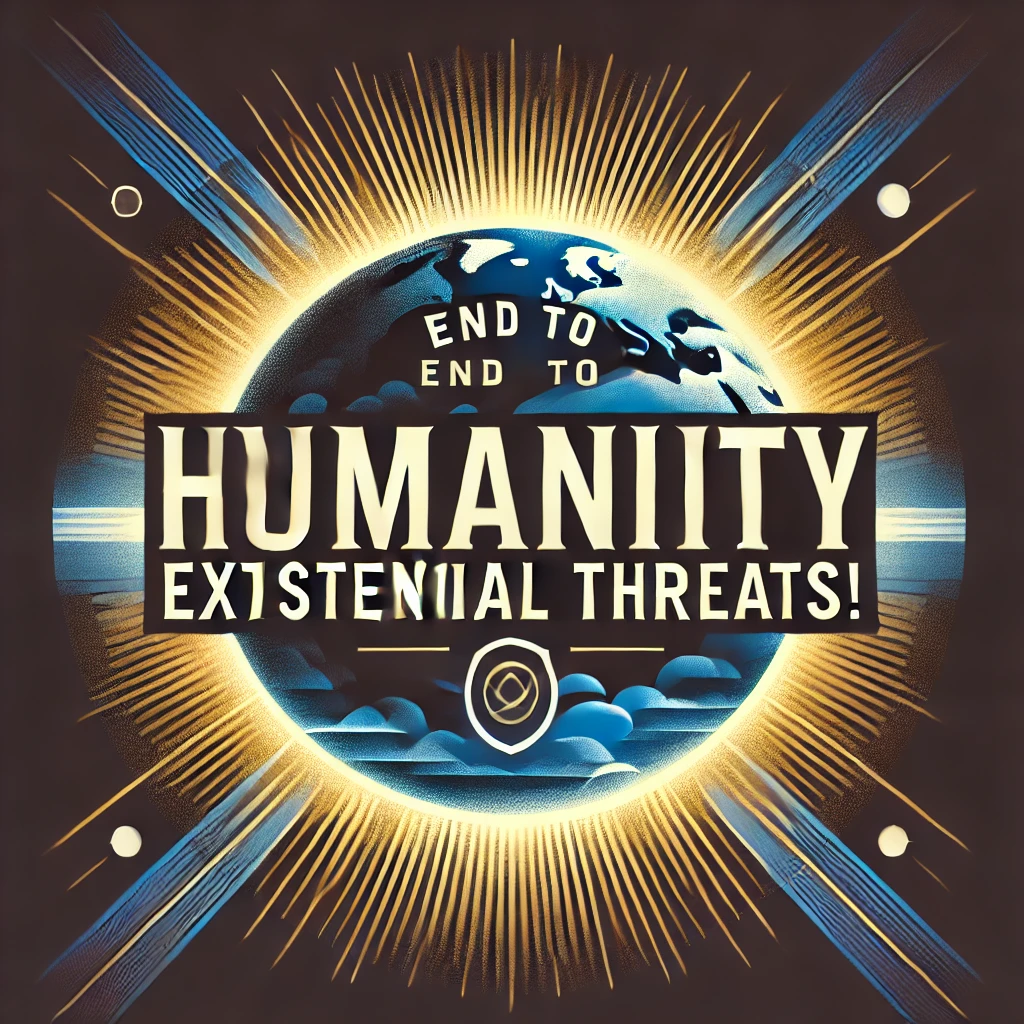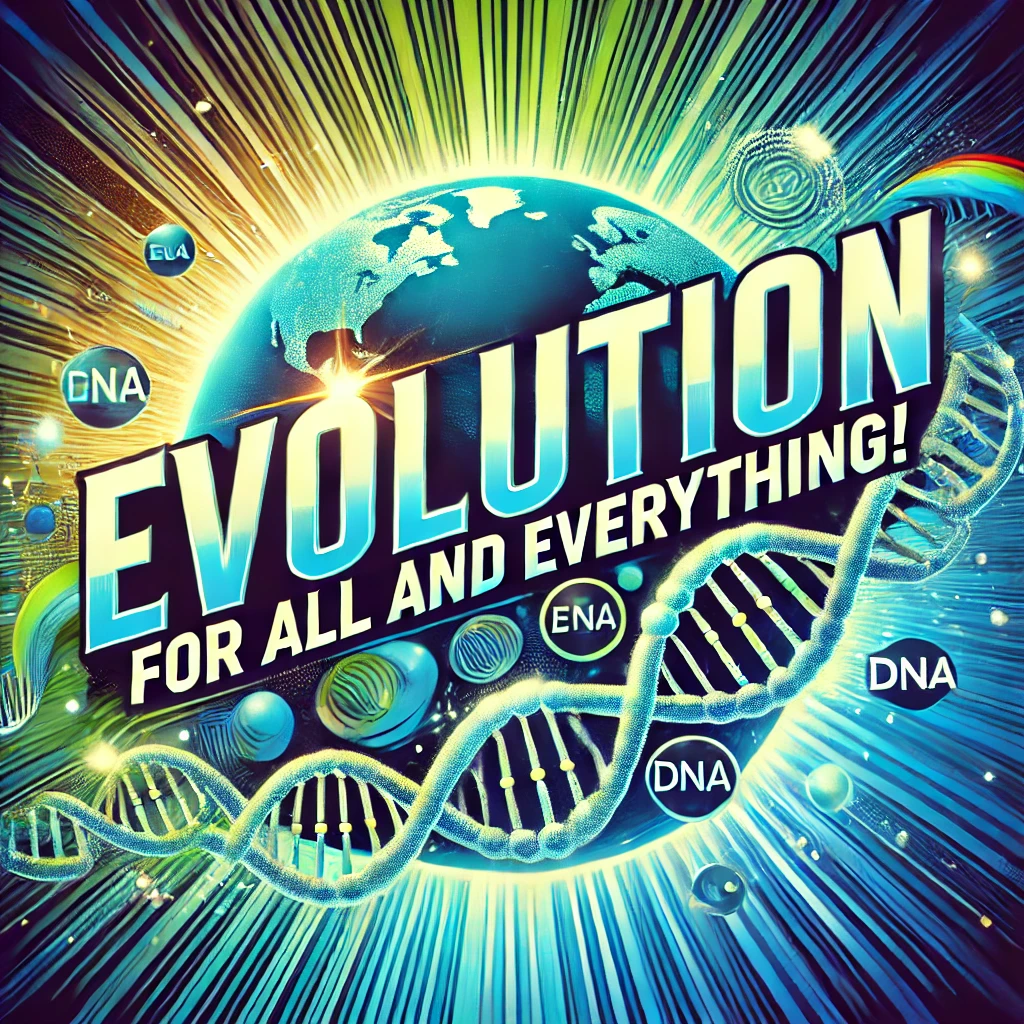The anti-psychiatry.com model of micro-utopias focuses on a community-centered approach rooted in restorative justice, which prioritizes healing, accountability, and reintegration rather than punishment and isolation. This philosophy extends to handling serious crimes, such as murder, rape, or war crimes, as well as managing individuals with serious mental health conditions that would typically be institutionalized under current systems. Here’s how the model would approach these situations:
1. Restorative Justice for Serious Crimes
Restorative justice emphasizes repairing harm, holding offenders accountable in a way that fosters healing for the victim, the community, and even the offender. The process involves all affected parties and seeks to restore balance and address the underlying causes of the crime.
For Crimes like Murder, Rape, or War Crimes:
- Community-Led Restorative Circles: Individuals who commit serious crimes would be brought before restorative justice circles involving victims, offenders, and community members. These circles aim to ensure that the offender understands the gravity of their actions and provides an opportunity for the victims to voice their experiences and express their needs for healing.
- Rehabilitation and Accountability: Instead of long-term imprisonment, offenders would be given the chance for rehabilitation through meaningful community service, reparations to the victim, and participation in rehabilitative programs designed to help them reintegrate into society. The focus is on accountability, and they would need to demonstrate genuine change and a commitment to making amends.
- Victim-Centered Approach: The well-being of the victim is central to the process. They would receive counseling, support, and compensation, if desired, and have a voice in determining how the offender can make reparations.
- High-Stakes Accountability: In extreme cases, like war crimes, the process would involve collective societal acknowledgment of harm, potentially with the involvement of broader communities or networks of micro-utopias. Offenders would undergo intensive community scrutiny and rehabilitation efforts focused on understanding systemic harm and preventing future violations.
Examples of Restorative Measures:
- Reparative Actions: Offenders might be required to provide reparations to victims, engage in labor or service beneficial to the community, or take part in initiatives that address the root causes of their actions, such as trauma or systemic oppression.
- Reintegration Efforts: The goal of this process is the eventual reintegration of the offender into the community, assuming they have demonstrated genuine remorse and taken meaningful steps to change.
2. Approach to Individuals with Serious Mental Health Conditions
The anti-psychiatry.com model rejects coercive, institutionalized psychiatric care and instead favors voluntary, community-based support systems. It emphasizes empowerment, autonomy, and compassionate care for individuals experiencing serious mental health crises.
Rejecting Forced Hospitalization:
- No Coercion: Unlike mainstream psychiatric models that might forcibly hospitalize individuals, this model avoids coercion. Instead, communities provide non-violent crisis intervention and peer-led mental health support. Individuals are encouraged to seek care, but it is not imposed upon them.
- Holistic and Personalized Care: The model offers access to holistic treatments, therapy, and peer support groups that align with the individual's preferences. People with serious conditions like schizophrenia or severe bipolar disorder would have access to long-term support plans, crafted in collaboration with mental health practitioners and community members, tailored to their specific needs.
Crisis Management and Long-Term Care:
- Non-Coercive Crisis Centers: In cases where individuals are in crisis and potentially pose a danger to themselves or others, the model relies on community crisis teams and peer-led crisis centers. These centers provide a safe space where individuals can receive immediate support without the fear of involuntary treatment or confinement.
- Supported Living in the Community: Instead of isolating individuals in hospitals, those with serious mental health conditions would live within supported housing or other integrated community settings. They would be offered ongoing care but remain active participants in their own treatment, reinforcing their autonomy and dignity.
- Prevention-Focused Interventions: Community members receive training in mental health awareness and early intervention techniques to help identify and support individuals before they reach a crisis point. This prevention approach reduces the likelihood of individuals requiring more intensive forms of care.
3. Long-Term Solutions and Community Safety
- Breaking Cycles of Harm: The model aims to address the underlying causes of both serious crimes and mental health crises, such as trauma, poverty, and systemic oppression. By focusing on creating healthier communities that are less prone to violence and crime, the model works to prevent future harm.
- Holistic Community Safety: Safety in these communities is achieved through strong social bonds, collective accountability, and mental health awareness. Community members are empowered to support one another, reducing isolation and marginalization, which are often precursors to violence or breakdowns in mental health.
- Healing and Prevention: The model’s emphasis on community cohesion, mutual support, and mental health awareness creates an environment where conflicts and crises are less likely to escalate into violence. When they do occur, the focus is always on healing, rehabilitation, and reintegration, rather than punishment or exclusion.
Conclusion: A Compassionate, Inclusive System
The anti-psychiatry.com micro-utopias offer a transformative approach to serious crimes and mental health care, rejecting coercive measures and punishment in favor of restorative justice, community-based care, and rehabilitation. This system fosters healing, accountability, and long-term safety through compassion, support, and empowerment rather than alienation or punishment. By addressing both criminal behavior and mental health issues within the context of community, the model works toward building a sustainable, just, and inclusive society that promotes well-being for all its members.
Collective accountability refers to the responsibility of the entire community to address and resolve issues related to serious crimes and mental health crises. It emphasizes a community-centered approach where everyone plays a role in fostering healing, accountability, and reintegration. Here's a breakdown of what collective accountability entails in the Anti-Psychiatry.com model of micro-utopias:
Collective Accountability in Restorative Justice
- Community-Led Restorative Circles:
- Involves victims, offenders, and community members in a collaborative process to address the harm caused by serious crimes.
- Ensures that offenders understand the impact of their actions and work towards making amends.
- Rehabilitation and Accountability:
- Focuses on rehabilitating offenders through meaningful community service, reparations, and participation in rehabilitative programs.
- Requires offenders to demonstrate genuine change and a commitment to making amends.
- High-Stakes Accountability:
- In cases of extreme crimes, involves broader communities or networks of micro-utopias in the accountability process.
- Offenders undergo intensive community scrutiny and rehabilitation efforts.
Collective Accountability in Mental Health Care
- Non-Coercive Support:
- Communities provide non-violent crisis intervention and peer-led mental health support without coercion.
- Encourages individuals to seek care voluntarily.
- Holistic and Personalized Care:
- Offers access to holistic treatments, therapy, and peer support groups tailored to individual needs.
- Involves community members in crafting long-term support plans.
- Crisis Management:
- Relies on community crisis teams and peer-led crisis centers to provide immediate support during mental health crises.
- Focuses on supported living in the community and ongoing care.
Collective Accountability in Community Safety and Long-Term Solutions
- Breaking Cycles of Harm:
- Addresses underlying causes of serious crimes and mental health crises, such as trauma, poverty, and systemic oppression.
- Creates healthier communities less prone to violence and crime.
- Holistic Community Safety:
- Achieves safety through strong social bonds, collective accountability, and mental health awareness.
- Empowers community members to support one another, reducing isolation and marginalization.
- Healing and Prevention:
- Emphasizes community cohesion, mutual support, and mental health awareness to prevent conflicts and crises.
- Focuses on healing, rehabilitation, and reintegration rather than punishment or exclusion.
Overall Concept
Collective accountability means that the community as a whole is responsible for addressing and resolving issues, ensuring that everyone is involved in creating a supportive and just environment. It moves away from punitive approaches and towards a system that prioritizes healing, rehabilitation, and long-term safety.
In the anti-psychiatry.com model of micro-utopias, individuals who have exhibited violent behavior would be treated through a restorative justice framework, rather than being subject to the traditional punitive systems that focus on incarceration or exclusion. Here's how violent behavior would be addressed in the model:
1. Restorative Justice as the Core Approach
- Restorative justice is central to the model, meaning that when an individual exhibits violent behavior, the emphasis is on understanding the harm done, repairing relationships, and restoring balance to the community rather than punishment.
- The focus is on dialogue, mediation, and reconciliation between the person who exhibited violence and those harmed by it. This process involves acknowledging the harm, taking responsibility, and working to make amends.
- Victims of violence and the broader community are part of this process, ensuring that their needs for safety, understanding, and healing are met.
2. Addressing Root Causes
- The model recognizes that violent behavior is often a symptom of deeper issues, such as trauma, mental health struggles, unresolved conflict, or societal pressures. Rather than isolating or punishing individuals, the community would seek to understand and address the underlying causes of their behavior.
- This might include providing mental health support, trauma-informed care, or other therapeutic interventions aimed at healing the individual's emotional or psychological wounds.
3. Rehabilitation over Punishment
- Individuals who have exhibited violent behavior would not be excluded from the community or forced into punitive isolation. Instead, they would be encouraged to participate in rehabilitative programs aimed at helping them regain their sense of self-control, empathy, and personal responsibility.
- These programs could involve:
- Conflict resolution training to help the individual manage future conflicts non-violently.
- Anger management therapy or trauma-focused care if their violence stems from unresolved emotional issues.
- Social integration programs, which help them reconnect with the community in a meaningful and non-threatening way.
4. Community Safety
- While the model is non-punitive, it does recognize the need for community safety. In cases where an individual poses a serious risk of harm, they may be temporarily restricted from certain activities or spaces to protect others. However, these measures would be:
- Temporary and non-coercive, focusing on providing the individual with support to address the behaviors.
- Community-driven, meaning the individual and the community would work together to establish the safest course of action, avoiding the authoritarian approaches used in current legal systems.
- The goal is always to reintegrate the individual into the community rather than permanently excluding or isolating them.
5. Accountability and Making Amends
- Individuals who engage in violent behavior are expected to take responsibility for their actions and work towards making amends to those harmed. This might involve:
- Direct communication with the person or persons harmed, offering an apology and discussing what can be done to repair the relationship.
- Community service or other forms of restitution, where the individual works to contribute positively to the community as part of their healing process.
- The focus is on restoring trust and harmony rather than imposing external punishments that might increase resentment or feelings of alienation.
6. Inclusion in Society
- Despite past violent behavior, individuals are not excluded from participating in the broader life of the micro-utopia. They are still allowed to take part in governance, work, and other social activities, though there may be a period of close supervision or community involvement to ensure they are fully reintegrated.
- Over time, with the right support and accountability, individuals would be expected to reintegrate fully into the community as respected members.
7. Mental Health and Support for Healing
- If violence is linked to mental health challenges, the person would have access to non-coercive, supportive mental health care, addressing not just the behavior but the root psychological and emotional causes behind it.
- The model emphasizes voluntary, non-institutionalized care, providing the individual with the autonomy to engage in their own healing while being supported by the community.
8. Prevention through Community Cohesion
- One of the model’s core principles is fostering tight-knit communities where emotional, social, and economic support is strong. This creates environments where violent behavior is less likely to occur in the first place because people feel connected, supported, and empowered.
- The preventive measures focus on emotional well-being, social connection, and conflict resolution, aiming to reduce the need for violence as an expression of frustration, powerlessness, or isolation.
Conclusion
In the anti-psychiatry.com model, violent behavior is addressed through restorative justice, community-based rehabilitation, and a deep focus on addressing the root causes of the violence. Individuals are not excluded from society but are instead given the tools and support to heal, take responsibility, and reintegrate into the community. This approach aims to create a more humane, compassionate, and effective response to violence that fosters long-term peace and safety for all members of the micro-utopia.
In the anti-psychiatry.com model of micro-utopias, the restorative justice system is structured around healing, rehabilitation, and reintegration, with the goal of restoring harmony within the community, rather than focusing on punishment or retribution. Here's a breakdown of how the system might be structured:
1. Focus on Restoring Relationships:
- Restorative justice under this model centers around repairing harm caused by an offense, not only to the individual victim but to the entire community.
- Emphasis is placed on communication and dialogue between the offender, the victim, and affected members of the community to understand the impact of the offense and work together to find a resolution.
- Offenders are encouraged to acknowledge their wrongdoing, take responsibility, and actively participate in the process of making amends.
2. Community-Based Accountability:
- The micro-utopia model emphasizes decentralization, meaning that justice processes are handled at the community level.
- Community members play an active role in mediating conflicts, facilitating discussions, and determining the best path to restore balance. This could take the form of restorative circles, truth and reconciliation meetings, or community tribunals.
- The involvement of the whole community ensures that justice is a collaborative process, and the outcomes reflect the needs and values of that specific micro-utopia.
3. Rehabilitation and Support:
- Offenders are provided with rehabilitation opportunities rather than facing harsh punitive measures. These opportunities include counseling, therapy, and skill-building programs designed to address the underlying causes of harmful behavior (e.g., trauma, addiction, or social alienation).
- Mental health support plays a crucial role, with a strong emphasis on understanding the emotional and psychological factors that led to the offense, particularly in cases involving serious mental conditions.
- The goal is to reintegrate the offender into the community as a contributing member once they have demonstrated a commitment to making amends.
4. Reparative Actions:
- Offenders are encouraged to make reparations to the victim and the community. This could involve apology, restitution, or community service.
- The focus is on restoring trust and repairing relationships through meaningful actions that help the victim feel heard and validated, and allow the offender to contribute positively to the community.
5. Support for Victims:
- The model prioritizes victim empowerment, ensuring that those who have been harmed are fully supported and have a voice in the justice process.
- Victims are provided with emotional and psychological support, and they play a significant role in shaping the reparative measures the offender will take.
- The process allows for healing dialogues, where victims can express the impact of the offense and work with the offender to find closure.
6. Inclusion of People with Serious Mental Conditions:
- Individuals with serious mental health conditions, who might typically be institutionalized under mainstream systems, are not excluded from this restorative process.
- The model promotes mental health care integration, ensuring that those who commit offenses due to mental health issues receive appropriate care, therapy, and support, while also being included in restorative justice efforts.
7. Handling Serious Crimes:
- For serious crimes like murder, rape, or war crimes, the restorative justice process is more involved and may take longer. The model still strives for healing and rehabilitation, but these cases require deeper mediation efforts and often involve professional trauma counselors, mental health experts, and community leaders.
- The community, along with the victim (if willing), works to decide on the most fitting reparative actions while balancing the need for accountability with compassion.
- While offenders in serious cases may still face restrictions on their movement or activities, the model avoids isolating or ostracizing them from society and instead focuses on intensive rehabilitation.
8. No Traditional Prisons:
- The model rejects the idea of traditional punitive institutions, such as prisons. Instead, offenders who need time away from the community are provided with restorative spaces where they receive counseling, education, and training in a supportive environment.
- These spaces are aimed at healing, not punishment, and offenders return to the community when they demonstrate personal growth and accountability.
9. Continuous Dialogue and Learning:
- The restorative justice system is based on the principle of continuous dialogue. Even after a conflict has been resolved, the community remains engaged in supporting both the victim and the offender to ensure that healing is ongoing and that neither feels isolated or stigmatized.
- The system is adaptive, evolving based on feedback from the community, the needs of individuals, and emerging circumstances.
10. Prevention Focus:
- The model places strong emphasis on preventing harm before it occurs, fostering an environment of empathy, education, and emotional intelligence through conflict resolution training, mental health awareness, and community support systems.
- By promoting strong community bonds and proactive support for individuals struggling with mental health, substance abuse, or personal challenges, the model aims to reduce the occurrence of harm in the first place.
Summary:
The restorative justice system in the anti-psychiatry.com model is about community healing, rehabilitation, and restoring balance, with a strong focus on mental health support and non-punitive approaches to justice. Everyone, including those with serious conditions, is integrated into this system, and the goal is always to rebuild relationships and reintegrate individuals into the community. This holistic, compassionate approach aims to transform how justice is perceived and practiced within these micro-utopias.

